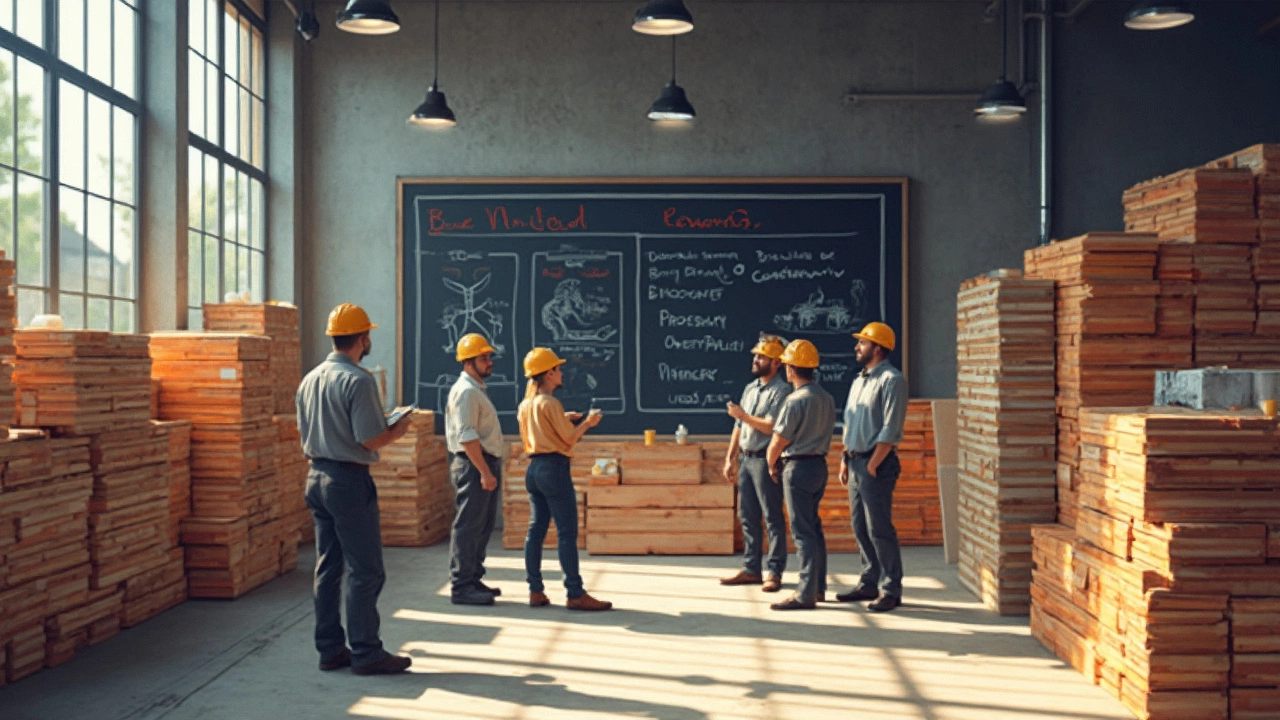Building Industry Insights: Your Go‑To Guide for Construction, Architecture, and Civil Projects
Whether you’re a homeowner planning a renovation, a contractor chasing the next contract, or an architect sketching fresh designs, the building industry moves fast. New regulations, material shortages, and tech upgrades can feel like a maze. This guide pulls together the most useful info from our recent articles so you can cut through the noise and focus on what matters.
What’s Shaping the Construction Landscape Right Now?
First off, commercial versus residential projects are still the biggest divide. Commercial builds demand stricter fire codes, larger crew coordination, and often a tier‑1 contractor to manage the scale. Residential work, on the other hand, leans on quicker decisions, tighter budgets, and a lot of DIY spirit. Knowing which side you’re on helps you pick the right partners and avoid costly surprises.
Another hot topic is civil construction. Roads, bridges, and utility tunnels form the backbone of every town, but they’re also the most complex pieces of the puzzle. Projects now require advanced surveying tools, sustainability checks, and close collaboration with local councils. If you’re venturing into infrastructure, expect deeper planning phases and tighter timelines.
Practical Tips You Can Use Today
1. Check the definition of ‘commercial’ for your region. Federal guidelines can affect everything from licensing to insurance. A mis‑labelled project might trigger penalties or delay approvals.
2. Pick the right cement for foundation repairs. Not all cement is created equal. High‑early‑strength mixes work well for quick fixes, while sulphate‑resistant blends are best for damp soils. Matching the product to the problem saves money in the long run.
3. Budget for hidden costs. Roof replacements, unexpected foundation cracks, and mould remediation often pop up after the main work starts. Set aside at least 10% of your total budget for surprises.
4. Understand architectural service fees. Many firms charge a percentage of construction costs, while others use fixed‑price stages. Ask for a clear breakdown upfront so you know what you’re paying for at each step.
5. Stay ahead of material shortages. The five primary raw materials—steel, cement, timber, aggregates, and gypsum—are seeing global demand spikes. Lock in deliveries early, and consider alternative specs like engineered timber if steel prices soar.
Finally, remember that every big project starts with a solid plan. Use our “New Build Meaning” guide to differentiate between true new builds and major renovations. Knowing the difference can affect warranties, resale value, and even tax treatment.
Keep coming back to this page for fresh articles on topics like tier‑1 contractors, commercial licensing, and the most valuable construction companies of 2025. The building industry won’t slow down, but with the right knowledge you’ll stay a step ahead.

